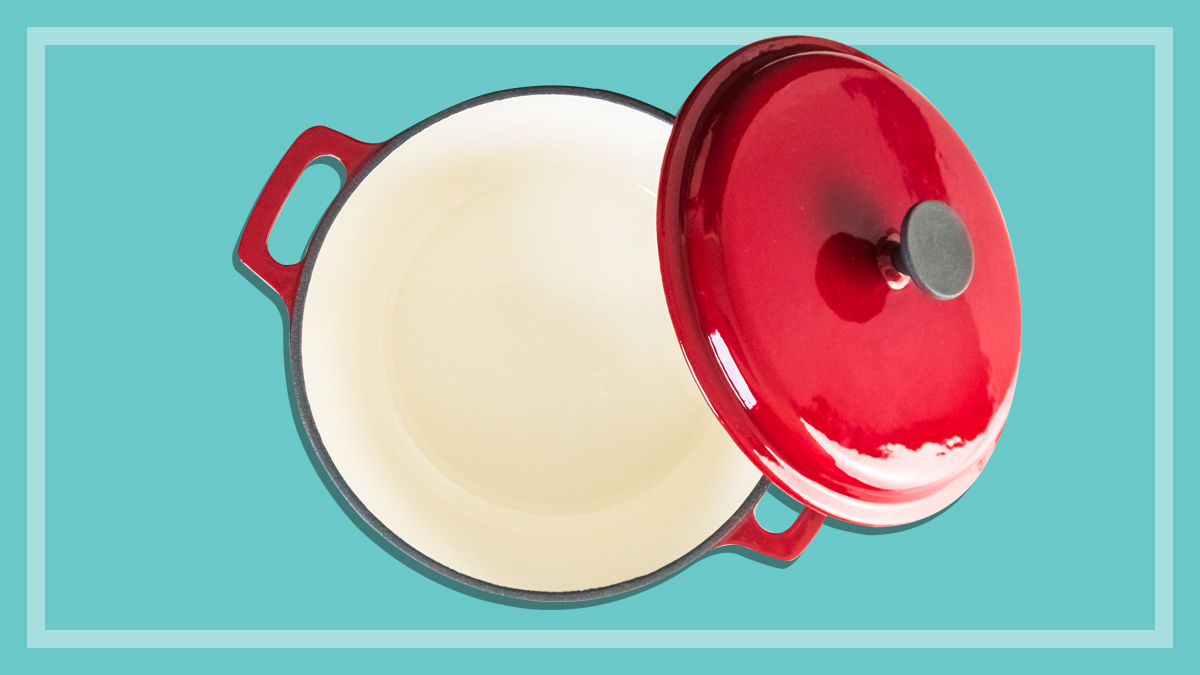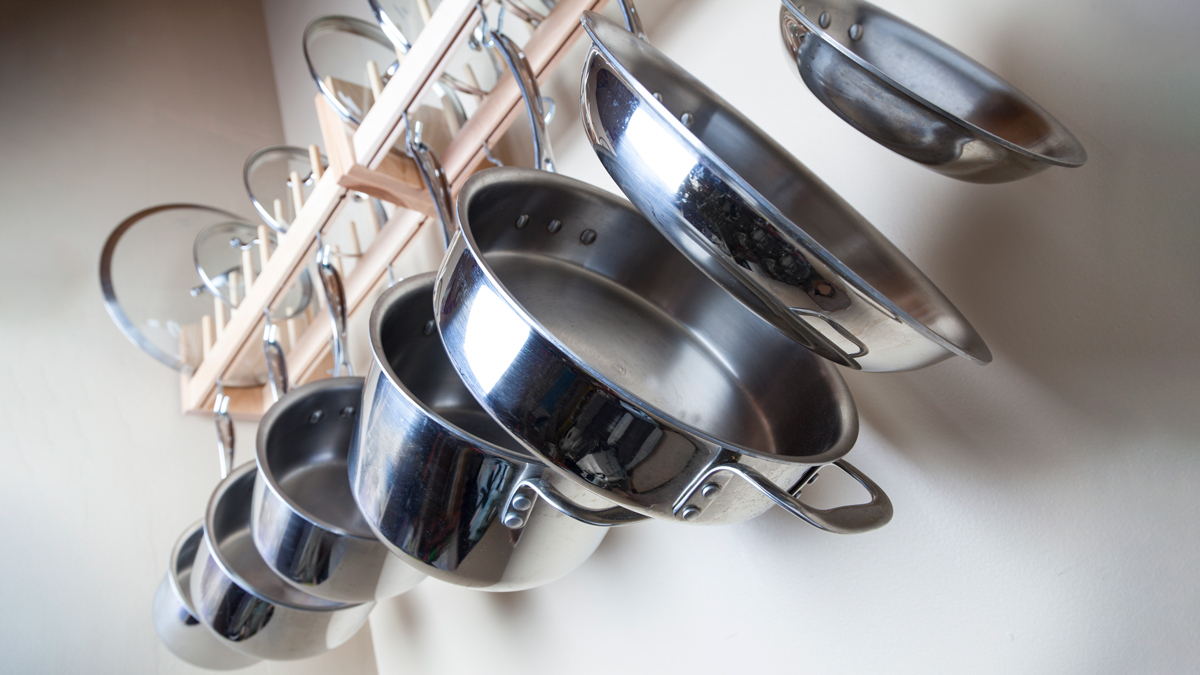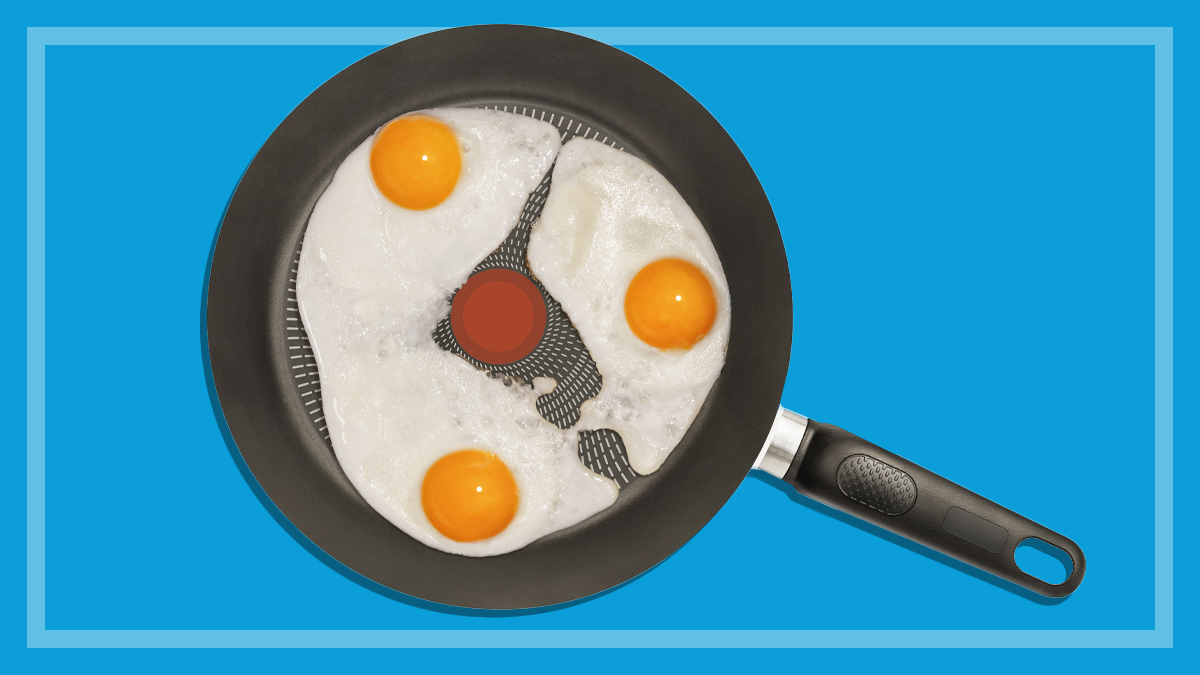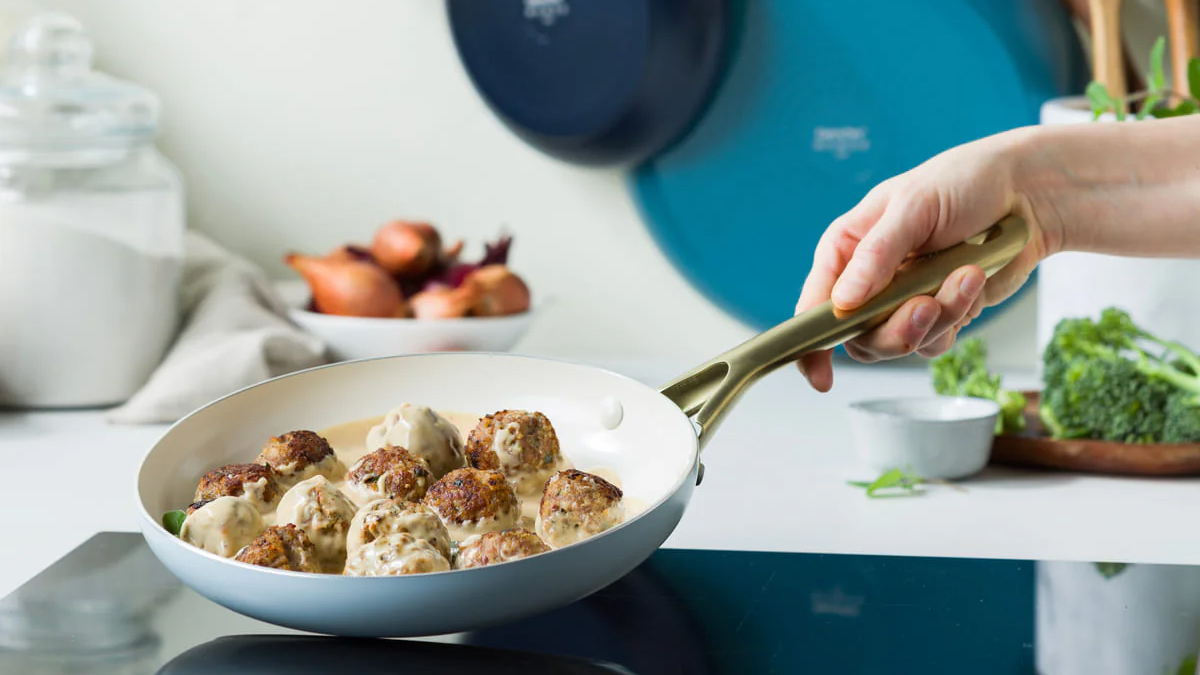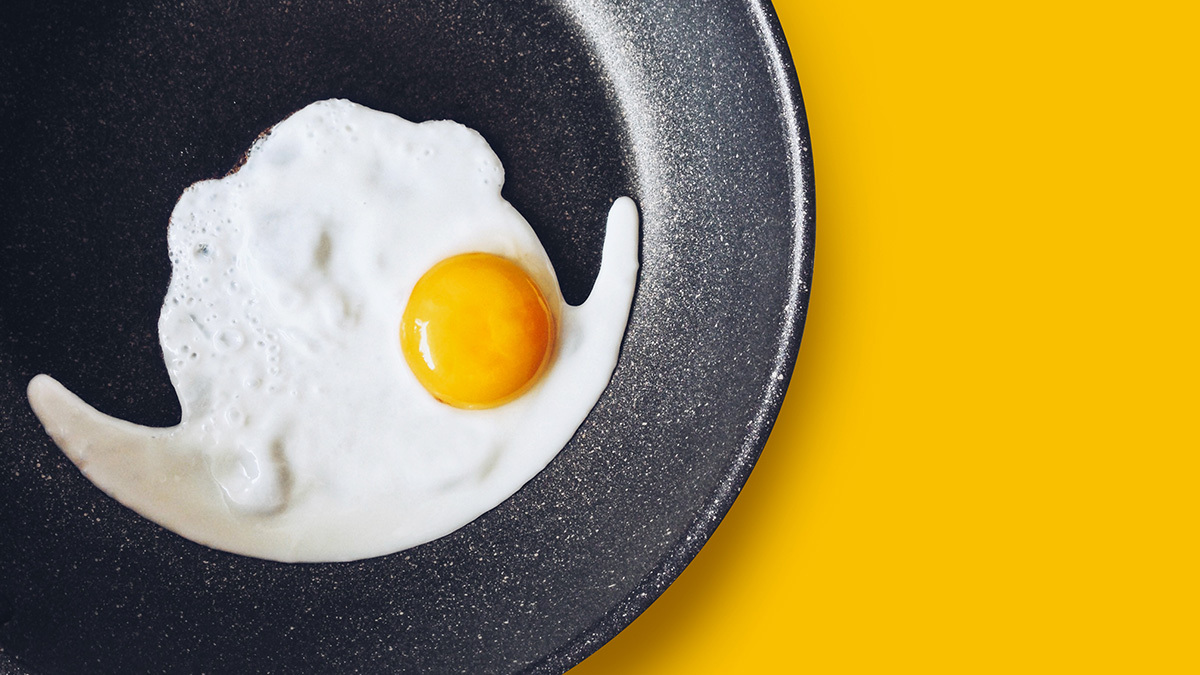Get our independent lab tests, expert reviews and honest advice.
How we test casserole dishes and Dutch ovens
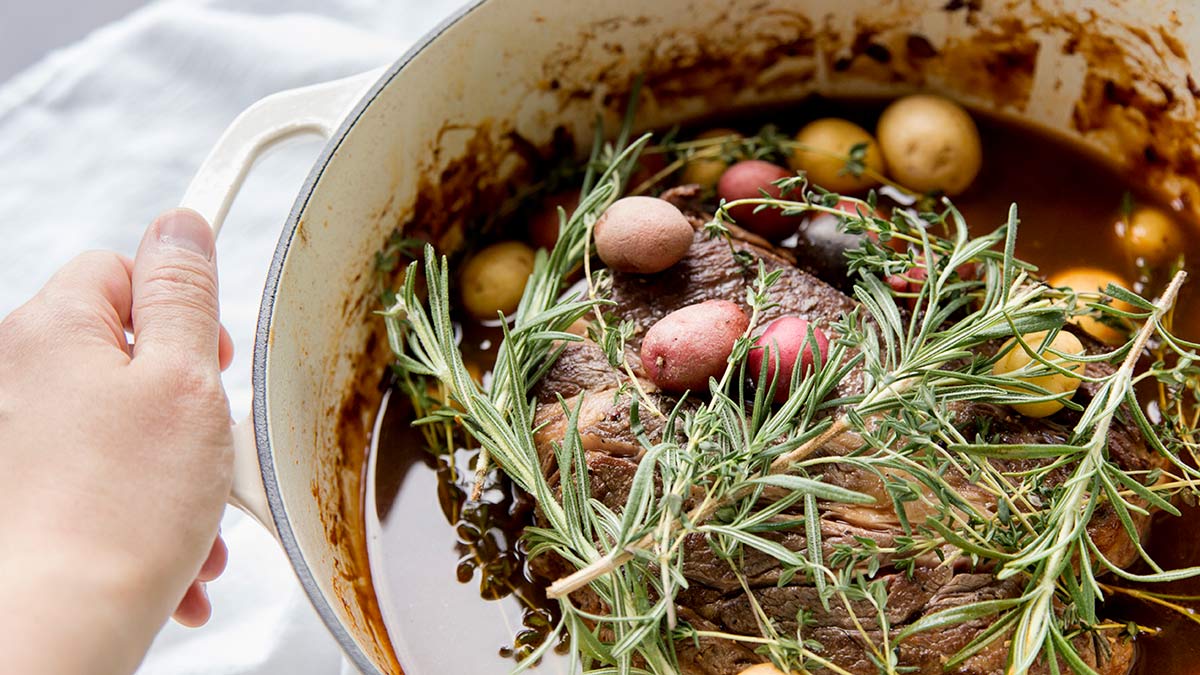
Casserole dishes or Dutch ovens have been around for a while and have cemented their worth as a handy piece of cookware to have in your arsenal. They’re generally round or oval in shape and can be used on your cooktop or in the oven. They’re induction compatible and are available in a range of sizes and colours to make a statement in your kitchen.
On this page:
- Our expert testers
- How we choose what we test
- How we test Dutch ovens and casserole dishes
- Testing criteria explained
- Our test lab
We’ve tested a range of Dutch ovens in our kitchen lab over the years and here we’ll explain our testing methods in more detail.
Our expert testers
Our test officer Chantelle Dart teams up with our home economist Fiona Mair to put a range of kitchen products to the test, including Dutch ovens. Between them, Chantelle and Fiona have over 30 years of experience and have seen lots of new technology enter the kitchen space. They know how to put any appliance, big or small, through its paces to see if it’s worth a spot in your kitchen.
How we choose what we test
With so many to choose from, what makes us choose one casserole pot or Dutch oven to test over another? As with most of our product testing, our aim is to test the most popular models on the market and what you’re most likely to see in stores. We survey manufacturers to find out about their product range and check market sales information, and we also check for any member requests to test specific models.
From this information we put together a final list that goes to our buyers. They then head out to the retailers and buy each product, just as a regular consumer would. We do this so we can be sure the products are the exact same as any consumer would take home, and not ‘tweaked’ in any way for better performance.
How we test Dutch ovens and casserole dishes
Performance
Brown rice: We cook brown rice to assess the Dutch oven’s ability to cook evenly and maintain the desired level of heat at the lowest temperature setting. The test also assesses the interior coating, looking at whether rice sticks to the bottom or not, as well as how well the lid seals.
Bolognaise sauce: We cook a bolognaise sauce to assess the Dutch oven’s ability to slow cook while maintaining low temperature for a long period of time as well as its ability to brown the meat evenly. We also record if any staining caused by the tomato sauce occurs.
Oven baked bread: We bake bread to assess the Dutch oven’s ability to withstand time in a very hot oven as well as its ability to prove and bake a loaf of bread.
Chilli beef: We cook chilli beef as a way of comparing Dutch ovens to slow cooking in the oven. The dish is scored for appearance and texture, with deductions for dark or dried-out areas, overcooked texture or food stuck to the pot. This result doesn’t form part of the CHOICE Expert Rating.
Ease of use
We assess the durability of the lid and pot edge by lifting the lid on and off 25 times and then hitting the side of the bowl 50 times with a metal spoon. We then check for any damage to the pot. We also look at how comfortable the handle is to hold, the size of the knob and how close it sits to the lid, if it and the side handles are easy to grip with an oven mitt, and if the threading of the knob becomes loose. In addition to this, we assess how easy the pot is to clean.
Testing criteria explained
The CHOICE Expert Rating (our overall score) is made up of:
- performance (40%)
- ease of use (60%).
Our test lab
We maintain a kitchen lab that is up to date with the latest reference machines and calibrated measurement tools for our testers to bring you accurate results.

